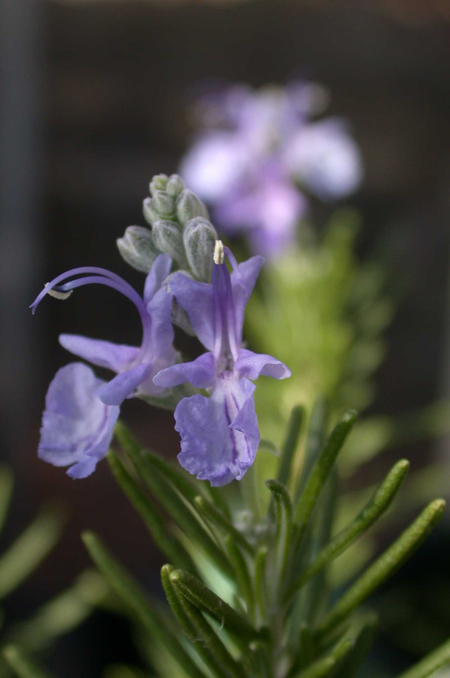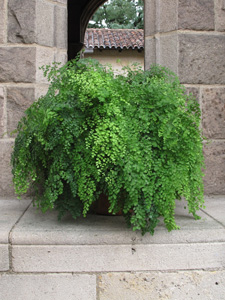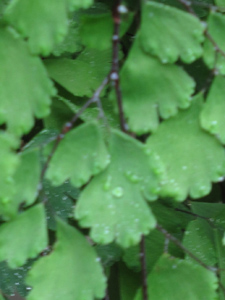The Virtues of Rosemary
In the later Middle Ages, the leaves, stems, and flowers of this aromatic??member of the mint family??were used to effect cures for many ills, and provide protection from both spiritual and bodily harm. Photograph by Nathan Heavers
Libanotis which the Romans call Rosmarinus & they which plait crowns use it: the shoots are slender, about which are leaves, small, thick, and somewhat long, thin, on the inside white, but on the outside green, of a strong scent. It hath a warming facultie . . .
???Dioscorides, De Materia Medica, Book III: 89
It is an holy tree and with folk that hath been rightful and just gladly it groweth and thriveth. In growing it passeth not commonly in height the height of our Lord Jesu Christ while he walked as a man on earth, that is man’s height and half, as man is now; nor, after it is 33 years old, it growth not in height but waxeth in breadth and that but little. It never seareth all but if some of the aforesaid four weathers make it.
???Friar Henry Daniel, “little book of the virtues of rosemary,” ca. 1440



